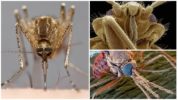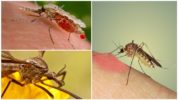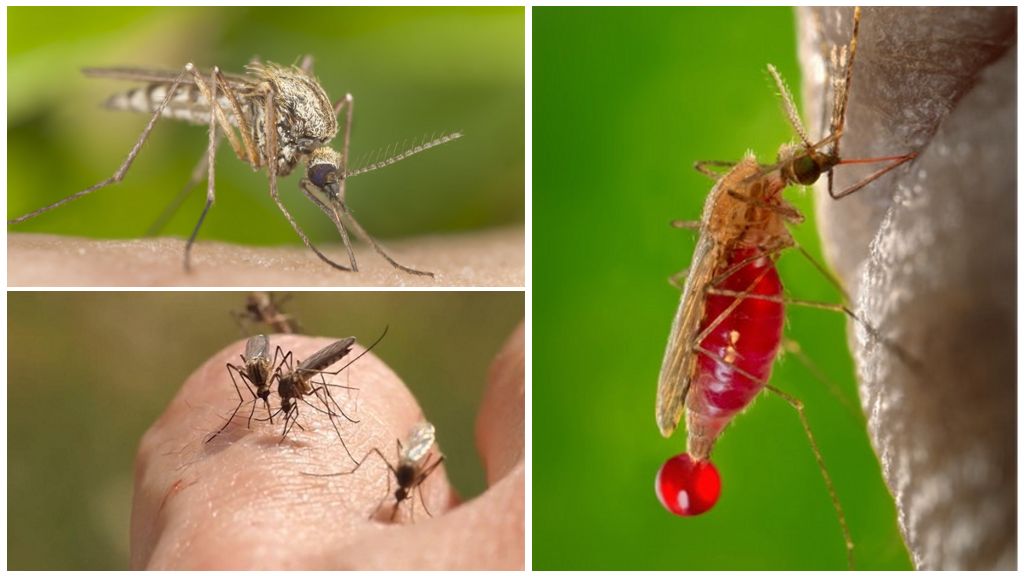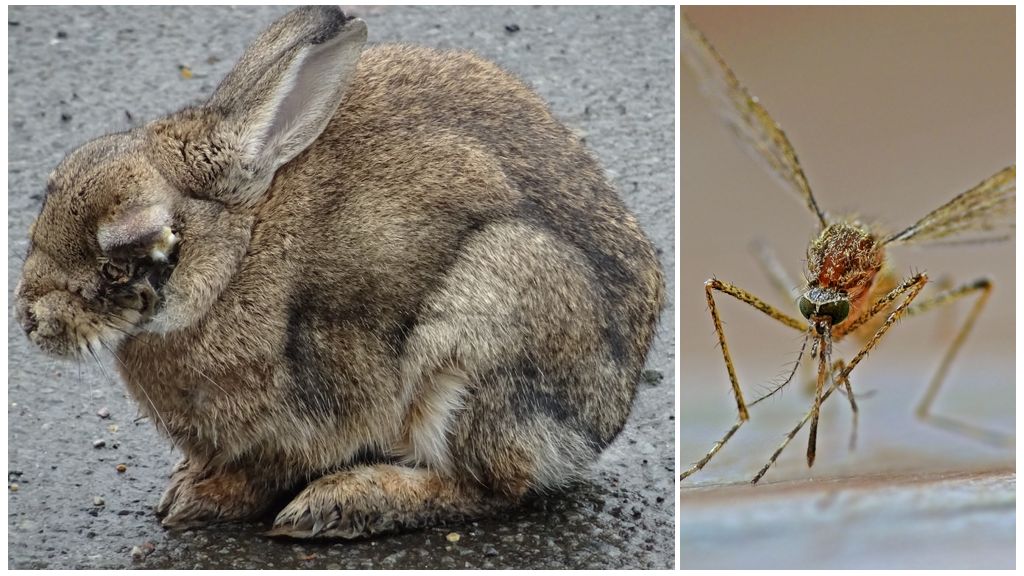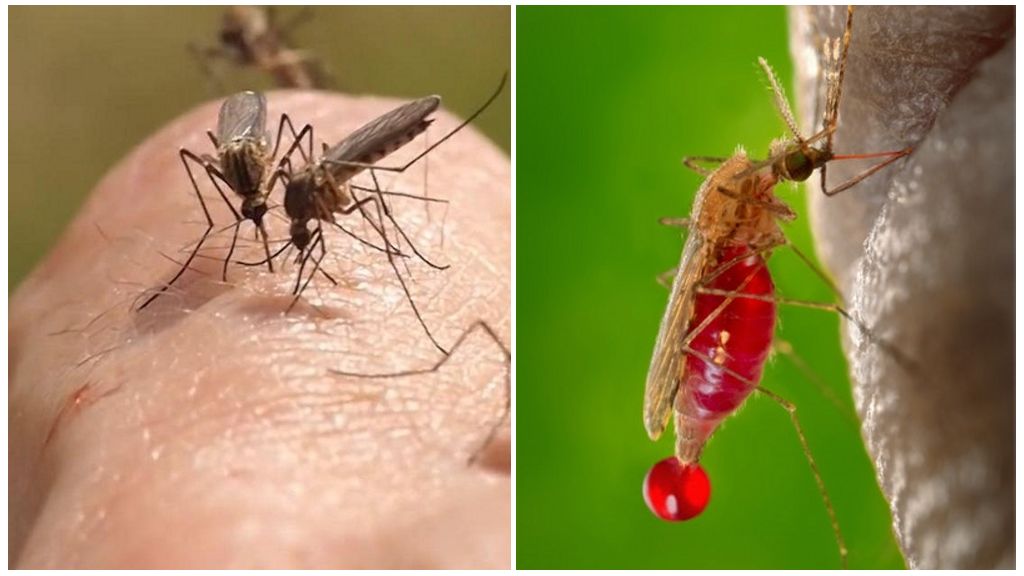- Mosquito under the microscope
- Mosquito bite
Mosquito - one of the oldest representatives of insects. Even fossil species are known. For an ordinary person, this is a small individual with a pair of wings, 6 legs and a long, sharp proboscis. But a mosquito under a microscope looks completely different and many do not even realize how fascinating this spectacle is. A multiple increase allows you to examine in detail each part of the body of a bloodsucker. And then the insect in a different guise opens up to the human eye.
Description of the appearance of a bloodsucker under a microscope
Those who managed to see a photo of a mosquito under a microscope clearly state that it looks intimidating and repulsive. His body no longer looks as smooth as it seems. It is all covered with small setae. With their help, he navigates in space and establishes a connection with the surrounding worlds.
The most noteworthy is the head, which in the photographs under the microscope looks like something alien. The first thing that catches your eye during the review mosquito structures - these are big mosaic eyes. The structure of the visual organ under a microscope looks very interesting. This is a lot of small fragments that together make up the whole facet eye.
The structure of the oral apparatus attracts no less attention. An enlarged mosquito has a developed and branched apparatus. It consists of the upper and lower lips, jaws and proboscis. Even the nose of a mosquito is not a strong needle, but several flexible tentacles. It is with their help that the bloodsucker finds a blood vessel under the skin.
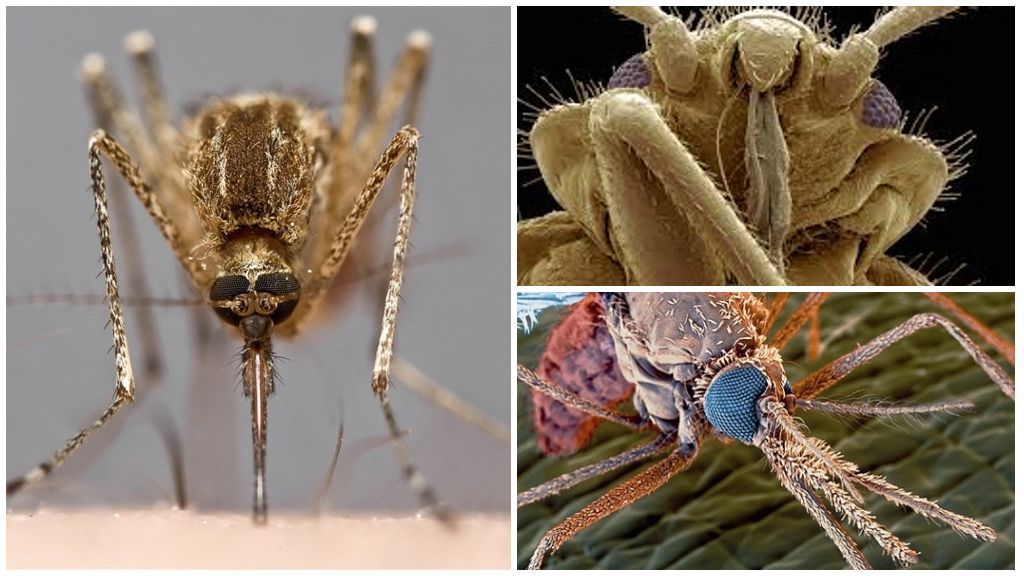
Interesting!
The microscope also shows mosquito teeth. There are 50 of them. The main task of the teeth is to fix the insect during the meal.
When examining individuals under a microscope, you can see the structure of the wings. Their outer part has a shallow fringe, and longitudinal and transverse veins are located on the inner part. They give rigidity to the aircraft and allow mosquitoes to make long flights and fly to the highest floors of houses.
Growing mosquito
British scientists using a powerful microscope were able to examine in detail how a bloodsucker turns from a larva into an adult. To do this, they caught a lot of insect larvae, installed a lamp and began to wait.
Mosquito larva goes through 3 stages of molting and by 4 already turns into an imago. After the last molt, the worm opens with sticky, wings and proboscis. He rises above the surface of the water and flies away to look for a new source of food.
An enlarged mosquito at the final stage of growing up forms into an adult. Their small worm turns out to be a winged individual, which in a few days will be able to fertilize.
Bite in detail
To make a meal and drink blood, the insect has to work hard. To begin with, it finds the most suitable place on the victim’s body. This is usually a pulsating point where the skin thickness is minimal. But if the mosquito is very hungry, then it will not be too selective when choosing a bite site.
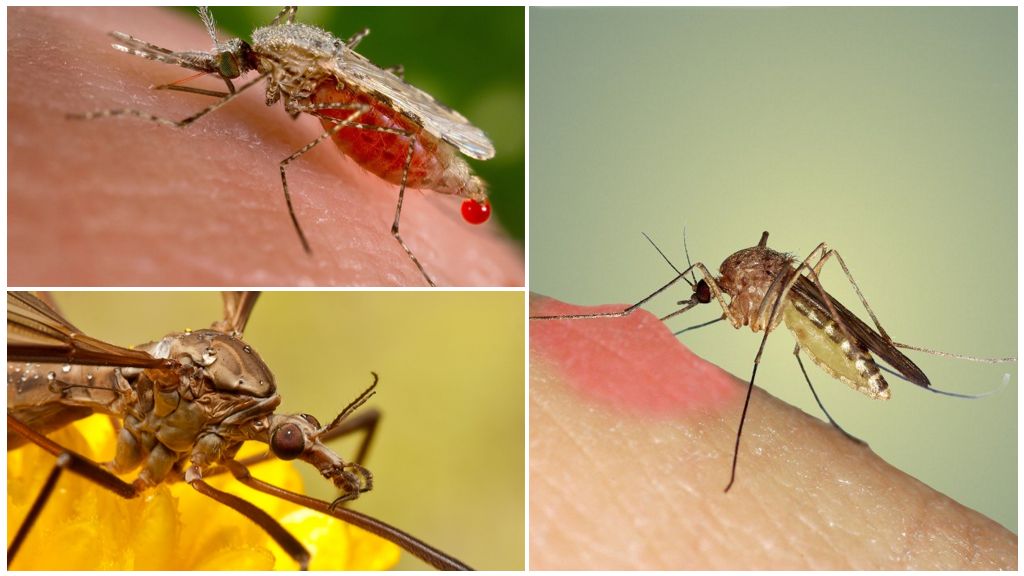
The microscope allows you to see those details that cannot be seen with the naked eye. A multiple increase makes it possible to consider the process of the meal itself. In laboratory conditions, scientists managed to photograph how a mosquito bites under a microscope.A bloodsucker finds a blood vessel under the skin and absorbs biological material. It was possible to do this using the mouse as an example, but this scheme operates independently of the object.
A detailed video shows how the proboscis of a mosquito with translational movements is trying to find a vessel under the skin. He examines the skin cells that are nearby. After the mosquito nose rests on the vessel, he punctures it and the feeding process begins.
Interesting!
Himself Mosquito bite lasts about 1-2 minutes, but sometimes 4 minutes are allotted for a meal. Search for a vessel is about 3-5 seconds. However, how many times can a mosquito bitedepends on the degree of his hunger and the actions of the victim.
The video also demonstrates how flexible and mobile the mosquito sting is. It bends easily, turns and makes other movements in search of a food source.
Thus, a mosquito under a microscope is a frightening sight and a similar study allowed scientists to identify a lot of interesting facts about bloodsuckers. But the perfect nature created it with all the features on purpose, so that he could ensure his existence. If they weren’t, the mosquito species itself would disappear. And this will fundamentally change the whole world of flora and fauna on the planet, because eat mosquitoes many fish, insects, birds, and do not underestimate role in nature these annoying insects.
